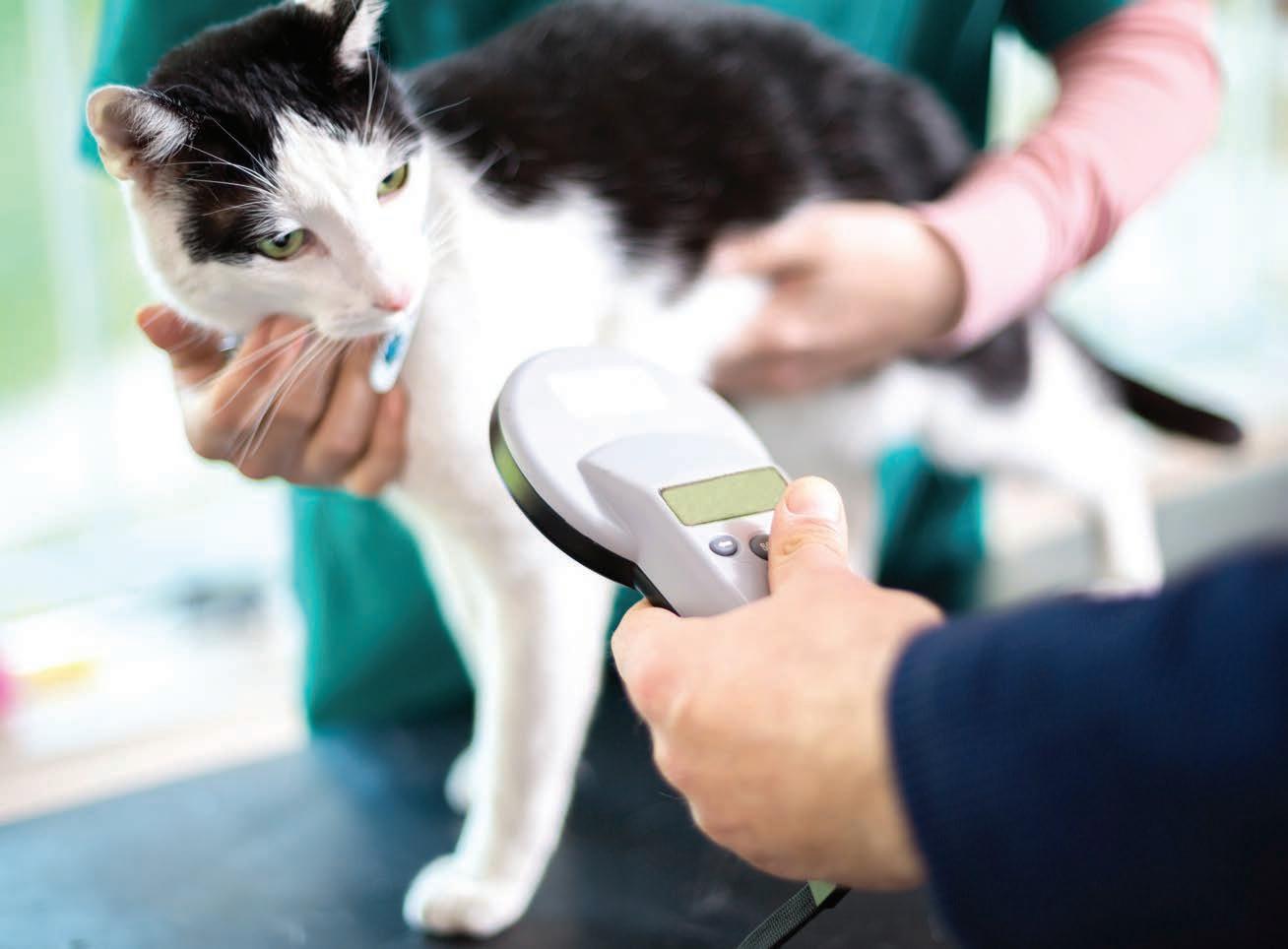
1 minute read
Inside Microchipping
from Pet Care
Upload key information about your dog or cat into these electronic chips to keep track of them forever. These tiny chips are roughly the size of a grain of rice, enclosed in glass and work after being implanted by a doctor into your pet. The chip is activated by a scanner, which then transmits whatever information you’ve included.
When They Get Lost
Advertisement
Shelters, animal control officers and veterinarians now regularly scan for microchips as soon as they find a lost pet. If your information has been regularly updated, they’ll quickly have access to critical contact information in order to reach you. This small but mighty invention has had a huge impact. One American Veterinary Medical Association study of almost 8,000 strays found that microchipped animals were returned more than half the time, while others without microchips only found their rightful owners some 22 percent of the time. Microchipped animals who weren’t returned were typically those that didn’t have updated owner details. So, it’s critically important that you register the chip and keep those details constantly up to date, in case the worst happens.
How It Works
Pets are microchipped at the vet’s office. A medical professional will inject this device under your dog or cat’s skin with a hypodermic needle in a process that’s been described as roughly as painful as their regular vaccinations. There is no anesthesia or surgery required, though sometimes pet doctors elect to microchip animals while they are already under anesthesia for other procedures including spaying, neutering and dental treatments, simply for the comfort of your pet. The chip only includes contact information. There is no battery, so it can not track a lost pet. Instead, a scan reveals information that a veterinarian then passes along to the maker of your pet’s chip. The manufacturer in turn shares contact details, and the vet gets in touch with pet owners.
Privacy Concerns
They aren’t tracking devices, and do not contain any other personal data. Contact information in the manufacturer’s registry is only to be used in the event your pet is lost. There may be other communications options from the chip maker, but they’re typically paired with opt-out features. Details on how you may be contacted must be personally updated when this information changes, since manufacturers don’t have access to your location.







